OCworkbench.com heeft een review klaarliggen van Abit's dual-processor VP6 moederbord. Deze langverwachte opvolger van de BP6 is afhankelijk van VIA's 694X chipset, heeft een 1xAGP/5xPCI/4xDIMM layout en beschikt over onboard IDE-RAID mogelijkheden. Het bord werd getest met twee Pentium III 800EB processoren, die stabiel wilden draaien op 155MHz. De benchmarkresultaten van de VP6 waren goed, net als de stabiliteit, waar niets op aan te merken viel. Enig nadeel dat de reviewer weet te bedenken is het ontbreken van ondersteuning van de oudere Celerons:
It seems that ABIT is ABIT late in releasing their 2nd generation Dual Processor board. I think ABIT has done proper research and has made a solution that is affordable. Priced at SGD275 (USD160), it is one of the cheapest Dual Board that you can find in the market.
Being a market leader in overclocking, it has brought the SoftMenuIII and overclocking features onto a Dual Board which can be easily configured compared to meddling with undocumented jumpers.
A disappointment is that VP6 does not support the old Celerons (300As) that we used to run happily on the ABIT BP6. It is indeed a bad move for those who wants to have a cheap SMP solution as Coppermine processors are still pretty expensive compared to the Thunderbirds/Duron.
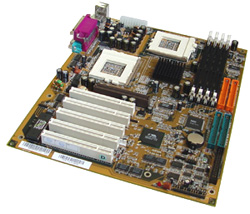 |

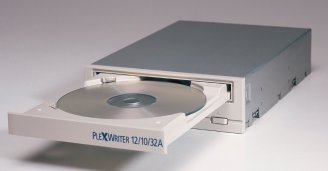
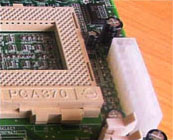 Maybe the only fault of this Epox board is the positions of the ATX Power Connector. It is positioned above the CPU socket right near the power supply which makes it quite awkward to install. But, with that being said, the positioning of the connector does have one advantage. Air flow, the connector is position in a way that the ATX power connector cords aren't above the CPU heatsink and thus won't decrease air flow around the CPU area. This is the first motherboard I have seen with the ATX power connector positioned in that area, however this is typical of Epox, they are always willing to make changes, which can be good as well as bad just like in this circumstance.[break]Het bord bleek stabiel als een rots te zijn: het doorstond uren 3DMark 2000 loopjes zonder crash. De overclockmogelijkheden van deze plank zijn indrukwekkend. Verhogen van de FSB met stappen van 1MHz tot 250MHz en het aanpassen van de Vio, Vcore en zelfs het AGP voltage is geen probleem. Helaas waren de resultaten die behaald werden bij het overclocken wat minder; door de slechte layout was het niet mogelijk om een Thermaltake Orb te installeren en moest de reviewer een standaard Intel-koeler gebruiken. Hiermee kon de FSB opgeschroefd worden naar 110MHz met een Pentium III 700MHz. De conclusie van deze review is ondanks dit nadeeltje zeer positief:[/break]
Maybe the only fault of this Epox board is the positions of the ATX Power Connector. It is positioned above the CPU socket right near the power supply which makes it quite awkward to install. But, with that being said, the positioning of the connector does have one advantage. Air flow, the connector is position in a way that the ATX power connector cords aren't above the CPU heatsink and thus won't decrease air flow around the CPU area. This is the first motherboard I have seen with the ATX power connector positioned in that area, however this is typical of Epox, they are always willing to make changes, which can be good as well as bad just like in this circumstance.[break]Het bord bleek stabiel als een rots te zijn: het doorstond uren 3DMark 2000 loopjes zonder crash. De overclockmogelijkheden van deze plank zijn indrukwekkend. Verhogen van de FSB met stappen van 1MHz tot 250MHz en het aanpassen van de Vio, Vcore en zelfs het AGP voltage is geen probleem. Helaas waren de resultaten die behaald werden bij het overclocken wat minder; door de slechte layout was het niet mogelijk om een Thermaltake Orb te installeren en moest de reviewer een standaard Intel-koeler gebruiken. Hiermee kon de FSB opgeschroefd worden naar 110MHz met een Pentium III 700MHz. De conclusie van deze review is ondanks dit nadeeltje zeer positief:[/break]

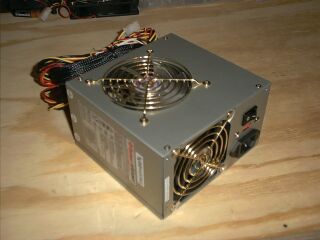
 There is a security vulnerability in Windows Media Player 7 exploitable thru IE which allows reading local files which in turn allows executing arbitratrary programs.
There is a security vulnerability in Windows Media Player 7 exploitable thru IE which allows reading local files which in turn allows executing arbitratrary programs.
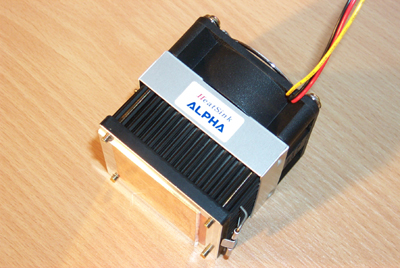
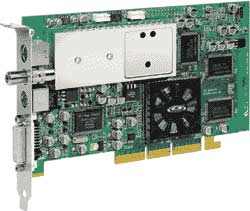
 )
) )
) 1)
1) From the looks of our Samuel2 based Cyrix III processor, it may be a while before the Cyrix line can achieve success again. There is almost no question that as a desktop solution the Samuel2 based Cyrix III is destined to fail. This is not only due to its poor performance but also its cost. Our sources say that the Samuel2 based Cyrix III is expected to cost $20 less than a Celeron of equivalent speed but can not be confirmed.
From the looks of our Samuel2 based Cyrix III processor, it may be a while before the Cyrix line can achieve success again. There is almost no question that as a desktop solution the Samuel2 based Cyrix III is destined to fail. This is not only due to its poor performance but also its cost. Our sources say that the Samuel2 based Cyrix III is expected to cost $20 less than a Celeron of equivalent speed but can not be confirmed.

 In a move unanimously hailed by the trade press and industry analysts as being a sure sign of incipient braindamage, Linus Torvalds (also known as the "father of Linux" or, more commonly, as "mush-for-brains") decided
that enough is enough, and that things don't get better from having the
same people test it over and over again. In short, 2.4.0 is out there.
In a move unanimously hailed by the trade press and industry analysts as being a sure sign of incipient braindamage, Linus Torvalds (also known as the "father of Linux" or, more commonly, as "mush-for-brains") decided
that enough is enough, and that things don't get better from having the
same people test it over and over again. In short, 2.4.0 is out there.